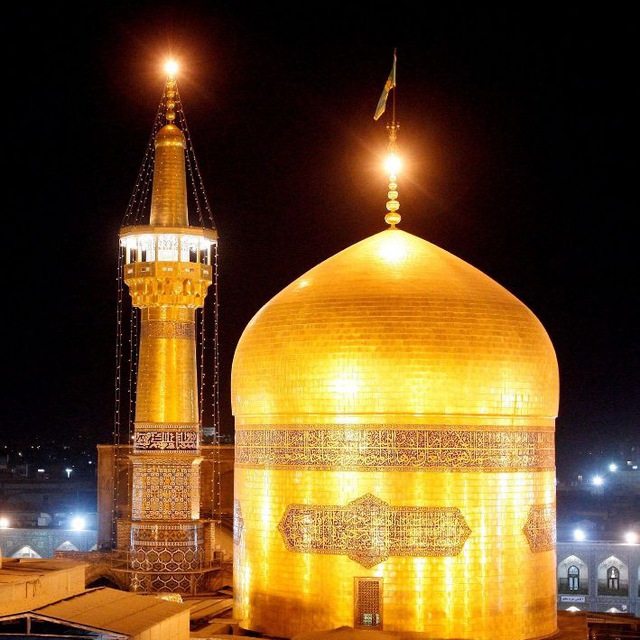#Forty
#Nasser_Taqvai, 1349
Forty-nine years after the making of the documentary “Arbain” about the mourning of the people of #Bushehr, still the first name that comes to mind in relation to documentaries related to the days of Muharram and religious documentaries is the film made by #Nasser_Taqvai at the age of 29 in the south. The film begins with images of the preparation of a funeral ceremony for Imam Hussein (a.s.) in Bushehr and in Hosseineh Dehdashti of this city, and after that, images of the sea and the sun are mixed together with the sound of a cymbal and a drum. Nasser Taqwaei himself said about this documentary: “During the mourning ceremony in Bushehr, hard emotions are expressed in their most peaceful, beautiful and human form.”
“Arbein” was shown to the public for the first time in #Shiraz in 1950. This film, along with the two documentaries “Bad Jin” and “Southern Music”, is among the three short films of Nasser Taqwai about the music and religious rituals of the south of the country.
#Manochehr_Achi, a poet who is also a Bushehri, wrote a piety for the movie “Arbein” in the same years:
“The chest beating continues until the second stage, which is called single, and the viewer realizes that at least five hundred, six hundred hands are falling together and regularly on the left side of the men’s bare chests, as if they were one single hand. After a while, we suddenly find out that there is one strike in between; Noha Khan deliberately silences the breaths of mourners in his chest to excite the mourners to the point of falling off their feet. It is also because you see in the middle, a naked and big man is being carried out on his head, and then Hiya Mola’s head arrives. The circular rings turn into multiple ellipses and continue until the beginning of the next stage, which may be similar to singing.
According to most critics, it is not possible to direct the movie “Arbein” without editing it. Because the climax of the emotional induction of the film depends on the spatialization of the topic through the rhythm and rhythm of the ceremony. But #Taqvai does not remain the only simple narrator of a breast-beating ceremony in Bushehr; Rather, he portrays his personal point of view.
#Piousness extends the rhythm of the mourning ceremony to the normal life of the people of Bushehr and with cuts from the Dehdashti mosque and the mourning of the Behbahanis of Bushehr, and this rhythm is followed by cuts to the agricultural land and harvesting the crops or cuts to the barges and boats stopped in the port or long shot from The palm trees or the closed view of the fish caught in the current life of these people. The film is also considered as a document of the old lamenter of Bushehri #Bakhshu, many of the percussive laments of that region are influenced by his style.
This 21-minute documentary film was recorded on 16 mm negative and its original quality has been lost over time. We see the full version of this movie here, hoping that its creator will not be unhappy with the release of such a work:
@Avaye_fariba
This post is written by mkarimia46
